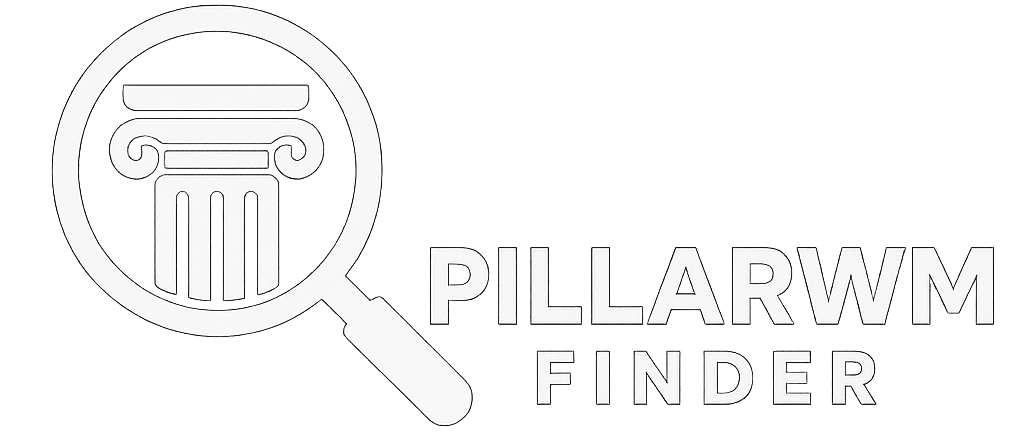Tax Shelter Strategies for Affluent and High-Net-Worth Investors
Some individuals may assume that having a high or ultra-high net worth makes it easy to absorb higher costs and taxes. However, for affluent investors, this is often not the case. Being in a higher tax bracket means facing a greater financial burden, and a significant portion of net worth may be tied up in non-liquid assets, making it more challenging to cover tax obligations without strategic planning.
Table of Contents
How Do Taxes Affect the Wealthy More?
Real estate taxes, sales taxes, property taxes, income taxes, capital gains taxes, and value-added taxes can all consume a significant portion of an individual’s income. For high-net-worth and ultra-high-net-worth families and individuals, the impact is often more substantial due to progressive tax systems. Higher levels of income result in placement within higher tax brackets, leading to a proportionally greater tax burden.
Safeguarding assets becomes particularly important when significant wealth is subject to multiple tax obligations and other financial liabilities. Implementing tax-efficient strategies and comprehensive planning can help high-net-worth individuals manage their tax exposure while preserving long-term financial stability.
What Are Tax Shelters and How Do They Work?
Tax shelters are legal strategies that individuals or companies use to reduce or eliminate taxable income, thereby lowering their overall tax obligations. Tax shelters can take many forms, from preferential tax treatment on certain investments like stocks or savings accounts to deductions and credits that reduce taxable income.
Amounts that can be excluded from taxable income, such as charitable donations, mortgage interest, student loan interest, and medical expenses, are considered tax deductions. By reducing taxable income, deductions can help lower the amount of taxes owed. Tax credits, by contrast, directly reduce the amount of tax due and are often more impactful than deductions.
Certain savings and retirement plans, such as individual retirement accounts (IRAs) and 401(k)s, also serve as tax shelters by protecting investment profits from immediate taxation. These types of accounts encourage long-term savings while providing tax advantages. In addition, some investors may use strategies like tax-loss harvesting to offset capital gains and further reduce taxable income.
Implementing tax-efficient strategies can play a critical role in preserving wealth, particularly for high-net-worth individuals seeking to minimize their tax burden while optimizing investment growth.

Are Tax Shelters and Tax Evasion the Same?
Before discussing examples of tax shelters, it is important to understand the distinction between tax mitigation (also known as tax avoidance) and tax evasion, and how tax shelters fit into that context.
Tax shelters can be used as a legitimate method to minimize taxable income and reduce tax liabilities through lawful means. Tax avoidance refers to the legal use of strategies to lower the amount of taxes owed. In contrast, tax evasion involves the illegal act of deliberately underpaying or failing to pay taxes, often through deception or misrepresentation.
The Internal Revenue Service (IRS) defines tax evasion as the willful attempt to evade or defeat taxes. If an investment or strategy is used primarily to illegally circumvent taxes, it may lead to penalties, back taxes, and other legal consequences.
While tax shelters, when used appropriately, are lawful, it is important for investors to ensure compliance with tax regulations. Working with experienced professionals can help individuals apply tax strategies correctly and avoid unintended tax violations.
Examples of the Best Tax Shelters
A wealth manager or tax advisor can help identify which tax shelter strategies may be most appropriate based on an individual’s unique financial situation. To better understand how tax shelters work in practice, it is useful to explore common examples that experts often recommend to manage tax liabilities.
1. Investing in Tax-Efficient Securities
Transactions, asset sales, and commissions associated with trading activities are typically taxable events. As a result, actively managed portfolios can generate higher taxes and potentially lower overall returns. Investing in tax-advantaged securities, such as tax-efficient funds or certain types of insurance products, can help preserve more of the earnings generated. Tax-efficient investments are designed to minimize taxable events and support long-term wealth accumulation.
2. Selling Inherited Property
Inherited real estate can appreciate over time, leading to potential estate tax liability and higher taxable income if retained. Selling inherited property is one strategy that may reduce overall tax exposure. However, the process of selling real estate involves its own tax considerations and complexities, such as capital gains taxes. Careful planning is important to optimize the financial outcome and manage any tax obligations associated with the sale.
3. Making Contributions to Savings Accounts
Health Savings Accounts (HSAs) offer an effective tax shelter by allowing individuals to save for qualified medical expenses with pre-tax dollars. Contributions to an HSA are excluded from federal, state, and local income taxes, and withdrawals used for eligible healthcare costs are tax-free. HSAs provide a dual benefit of managing healthcare expenses and building tax-advantaged savings over time.
4. Using Roth IRA Conversions
Roth IRA accounts allow savings to grow tax-free, with future withdrawals also free from taxation. Converting a traditional IRA into a Roth IRA can be a strategic move to create tax-free income in retirement. Although taxes must be paid at the time of conversion, no taxes are due on future qualified withdrawals. This approach can be beneficial for high-net-worth individuals looking to manage long-term tax exposure, but it requires careful planning to align with overall financial goals and projected tax rates.
5. Relocating to a State with No Income Tax
Affluent investors often maintain multiple properties, businesses, and residences across various states, creating the potential for dual residency and dual taxation. Some states impose taxes on income generated from in-state activities, even for nonresidents. Relocating to a state without an income tax, such as Florida, Texas, or Nevada, can help minimize state tax obligations, particularly after retirement. Residency planning should be carefully structured to ensure compliance with state tax laws and maximize savings.
6. Donating Generously to Foundations
Charitable donations provide an opportunity to support meaningful causes while also delivering important tax benefits. Contributions of cash, securities, or real estate may qualify for deductions, reducing taxable income. Long-term appreciated assets are particularly advantageous to donate, as they may allow donors to eliminate capital gains tax while claiming a deduction of up to 30% of adjusted gross income. Charitable giving strategies can be integrated into a comprehensive wealth management plan to achieve both philanthropic and financial goals.
7. Purchasing Municipal Bonds
Municipal bonds are a commonly used tax shelter, offering interest income that is typically exempt from federal income tax and, in some cases, from state and local taxes as well. For high-net-worth individuals in higher tax brackets, the after-tax returns on municipal bonds can outperform those of taxable government or corporate bonds. For example, at a 24% income tax rate, a municipal bond yielding 6% may provide a better net return than a taxable bond yielding 7.9%, enhancing overall investment efficiency.
Applying tax shelter strategies effectively requires a thoughtful approach tailored to an investor’s specific situation. Consulting with experienced professionals can help ensure that strategies are optimized for both current and future financial needs.
Final Words
Now that you have a clearer understanding of what constitutes an effective tax shelter, it becomes evident that tax mitigation involves careful planning and strategic execution. While this overview highlights some of the most commonly used approaches, it is not a comprehensive list of all potential strategies available to high-net-worth individuals. To implement tax strategies that are best suited to your unique financial situation, working with an experienced financial professional is recommended.
If you are ready to take the next step in optimizing your financial future, you can:
